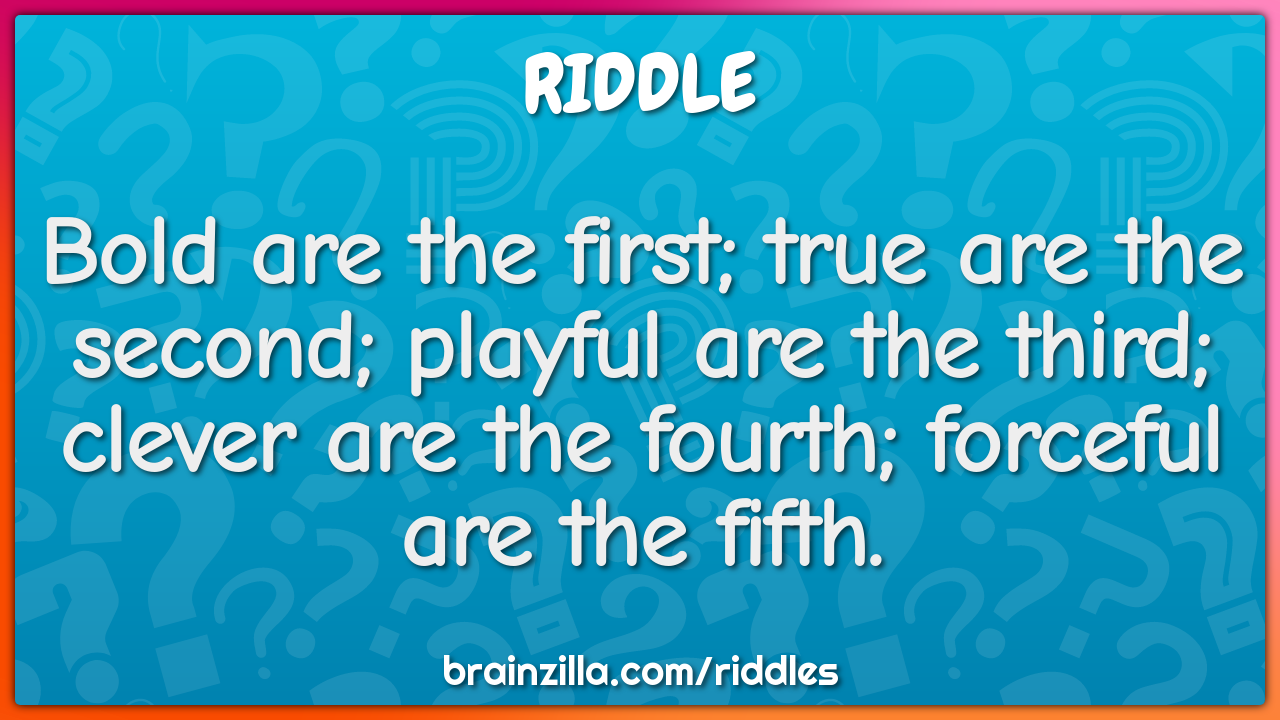Adivinanzas, or riddles, have long captivated audiences around the world, engaging minds and sparking curiosity. In the Spanish-speaking world, “dos adivinanzas” refers to the delightful challenge of solving two intriguing riddles. This article delves deep into the art of adivinanzas, their cultural significance, and showcases some captivating examples to enrich your understanding and enjoyment. Whether you’re a novice or an experienced riddle-solver, there’s something here for everyone.
Understanding Adivinanzas
What Are Adivinanzas?
Adivinanzas are essentially puzzles or riddles that pose a question or describe a scenario in a cryptic manner. They often involve wordplay, metaphors, and cultural references, making them a fun way to stimulate cognitive skills and creativity.
Cultural Significance
In many Latin American cultures, adivinanzas are more than just a game; they are a means of storytelling and a way to convey wisdom and humor. Families often gather to share riddles during gatherings or celebrations, reinforcing bonds and creating memorable experiences.
Benefits of Solving Adivinanzas
Engaging with adivinanzas provides numerous benefits:
- Cognitive Development: Enhances critical thinking and problem-solving skills.
- Language Skills: Expands vocabulary and comprehension, especially for language learners.
- Cultural Awareness: Offers insights into the customs and traditions of Spanish-speaking communities.
- Social Interaction: Creates opportunities for laughter and connection among friends and family.
Crafting Your Own Adivinanzas
Creating adivinanzas can be a rewarding experience. Here’s how to craft a riddle:
- Choose a Subject: Pick an object, person, or concept that is relatable.
- Use Descriptive Language: Describe its characteristics in a way that is indirect but evocative.
- Create a Mystique: Use metaphors or play with sounds to make solving the riddle exciting.
- Test Your Riddle: Share with friends or family to see if they can solve it.
Also Read: Latest News on Hurricane Milton
Example of a Self-Crafted Adivinanza
Riddle: “Brilla sin luz, vuela sin alas, ¿quién es?”
Answer: “El tiempo.”
This riddle utilizes metaphorical language to describe the elusive nature of time.
Classic Dos Adivinanzas
Here are two popular adivinanzas that are sure to challenge and entertain:
Adivinanza 1
Riddle: “Tengo agujas y no sé coser, tengo números y no sé leer. ¿Qué soy?”
Answer: “Un reloj.”
This riddle cleverly describes a clock, utilizing its defining features—its hands and numbers.
Adivinanza 2
Riddle: “En el agua nací, en el agua me crié, y cuando me sacan, ¡dentro de un plato me verás!”
Answer: “El pez.”
This riddle highlights the life cycle of a fish, emphasizing its aquatic nature.
Tips for Enjoying Adivinanzas
To maximize your enjoyment and engagement with adivinanzas, consider the following tips:
- Practice Regularly: The more you engage with riddles, the better you become at solving them.
- Join a Community: Participate in forums or local groups dedicated to sharing and solving riddles.
- Challenge Yourself: Try creating more complex riddles as your skills improve.
- Share with Others: Use adivinanzas as icebreakers in social settings to spark conversation and laughter.
Conclusion
Dos adivinanzas embody the essence of fun, challenge, and cultural heritage. By exploring these riddles, you not only sharpen your mind but also connect with a rich tradition that spans generations. So, gather your friends and family, share a few adivinanzas, and enjoy the simplicity and joy they bring to your interactions.
Embrace the world of adivinanzas, and you’ll find that each riddle is a doorway to creativity, laughter, and connection. Now that you’re equipped with knowledge and examples, are you ready to solve your next riddle?
